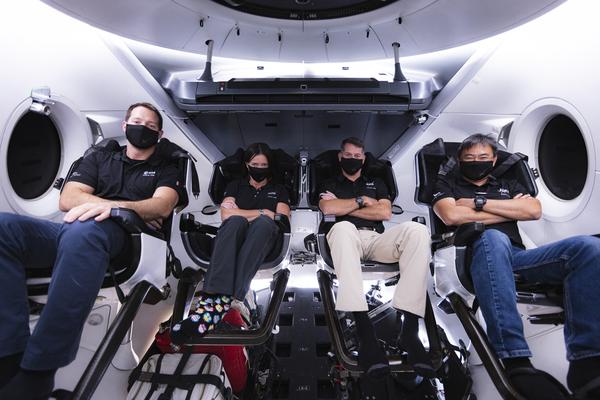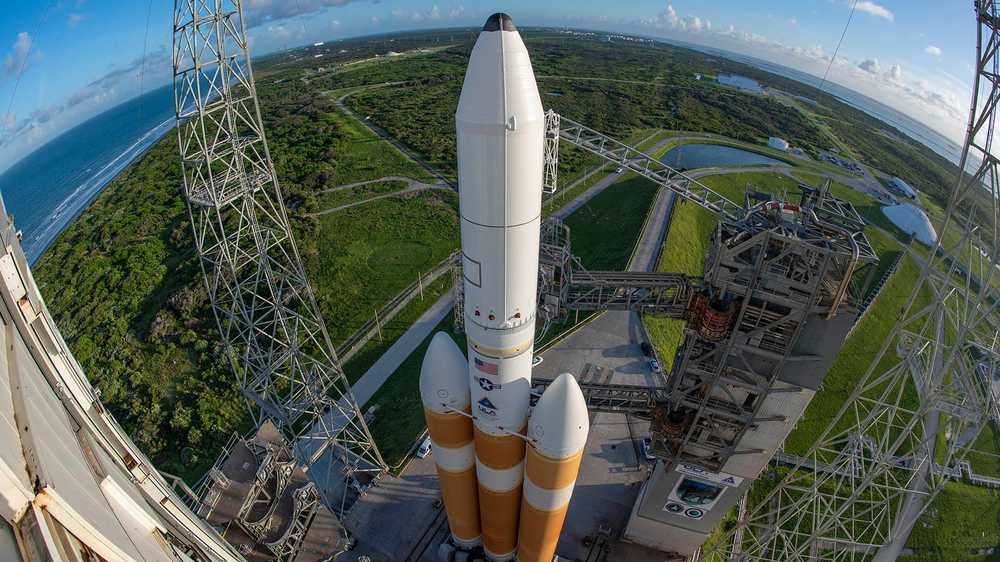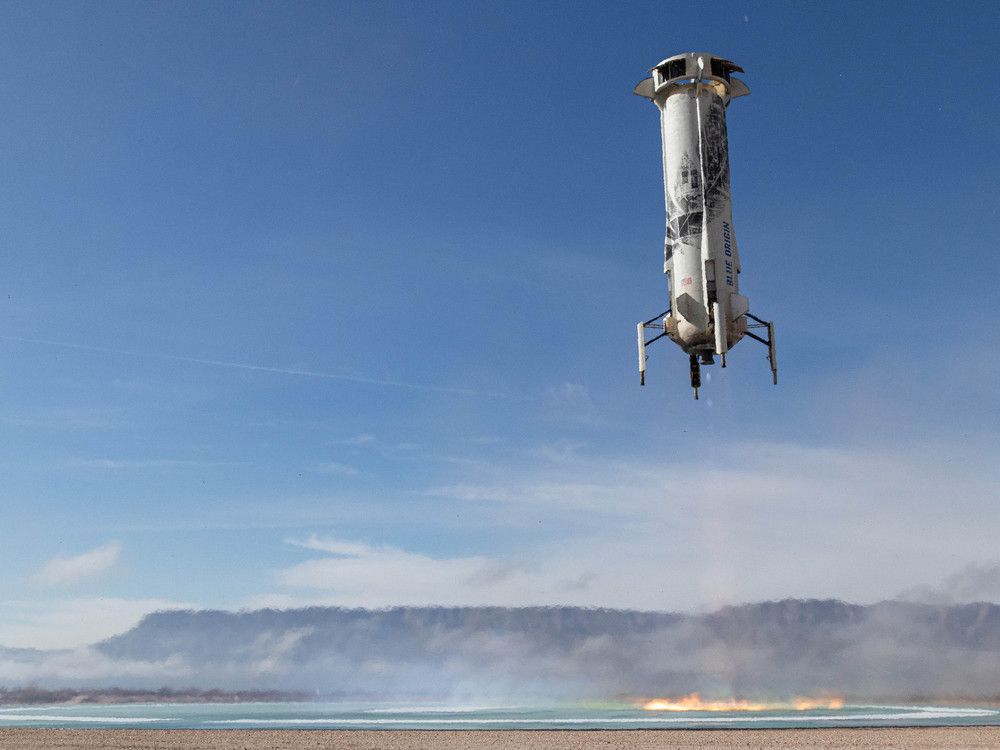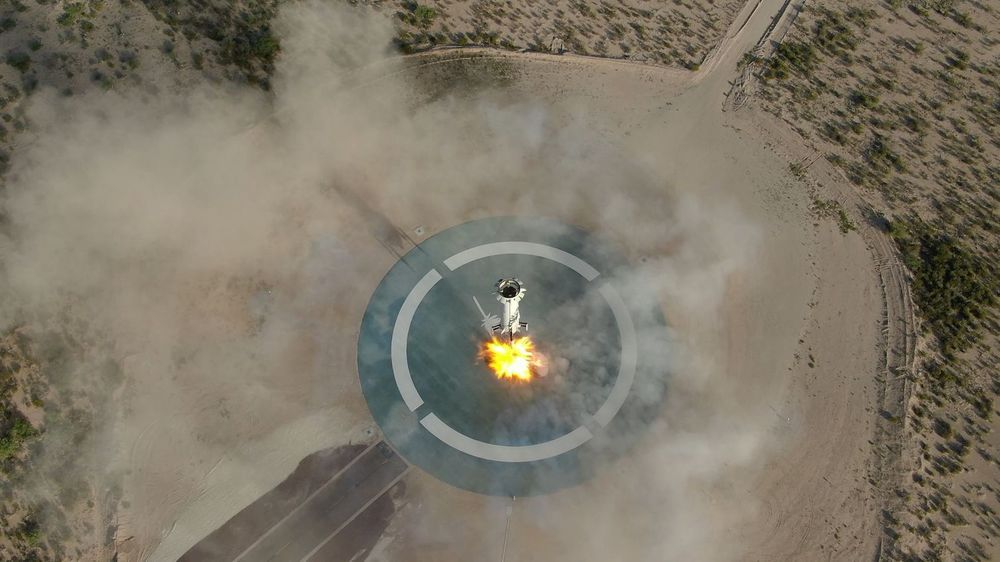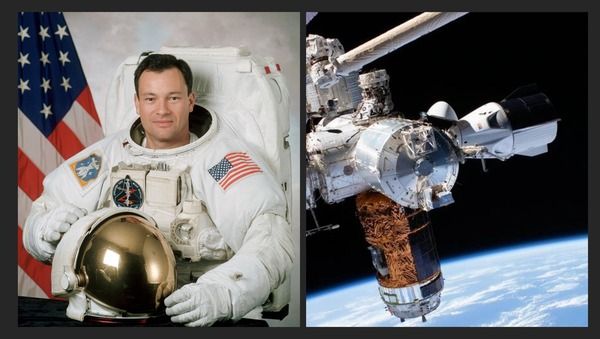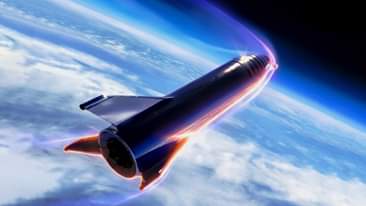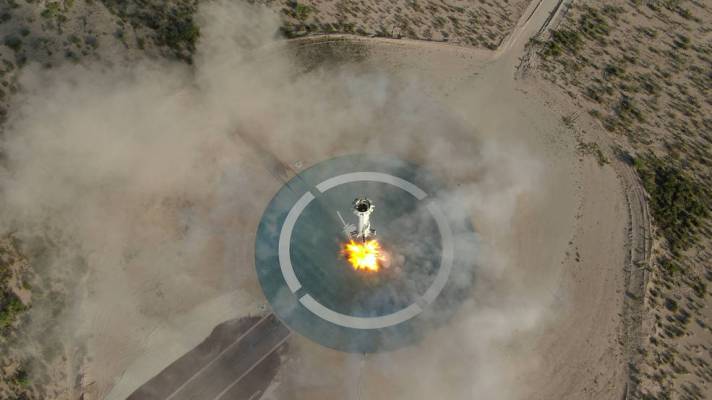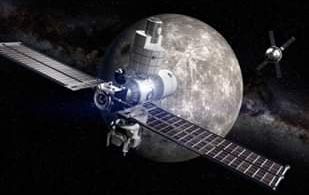ESA Astronaut Pesquet revealed Crew-2 has been actively training for “Mission Alpha” aboard Crew Dragon. He shared photographs via Twitter of him training on SpaceX’s Crew Dragon simulator which involves learning how to control the spacecraft’s functions via a trio of touchscreen displays. – “Here’s the posse together, training on @SpaceX crew dragon. @Aki_Hoshide looking like a boss, and all of us wishing we had as cool socks as our awesome pilot @Astro_Megan. #MissionAlpha,” he wrote. During training, all astronauts are wearing face masks to protect each other from the coronavirus respiratory illness, pictured below.
Here’s the posse together, training on @SpaceX crew dragon. @Aki_Hoshide looking like a boss, and all of us wishing we had as cool socks as our awesome pilot @Astro_Megan. #MissionAlpha pic.twitter.com/UCDJvTcRgp— Thomas Pesquet (@Thom_astro) September 23, 2020
To familiarize with the spacecraft, the astronauts train with an interactive simulator and touchscreen interface that is a replica of Dragon’s cockpit. Earlier this year, SpaceX released an online game that allows players to try to dock the Crew Dragon spacecraft to the Space Station, using similar controls the astronauts will use during their voyage in space. You can play the online game on SpaceX’s website: Crew Dragon Simulator.
